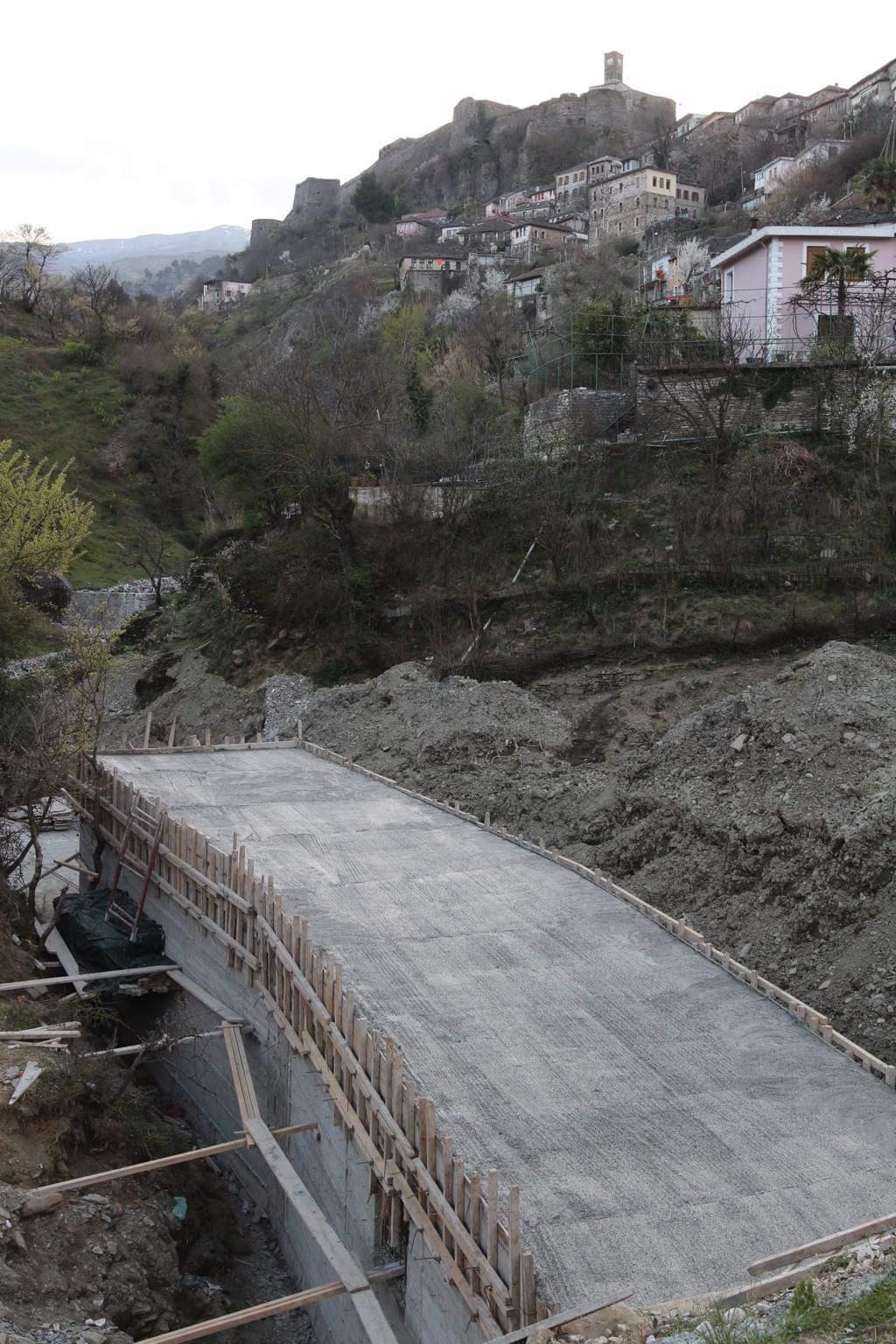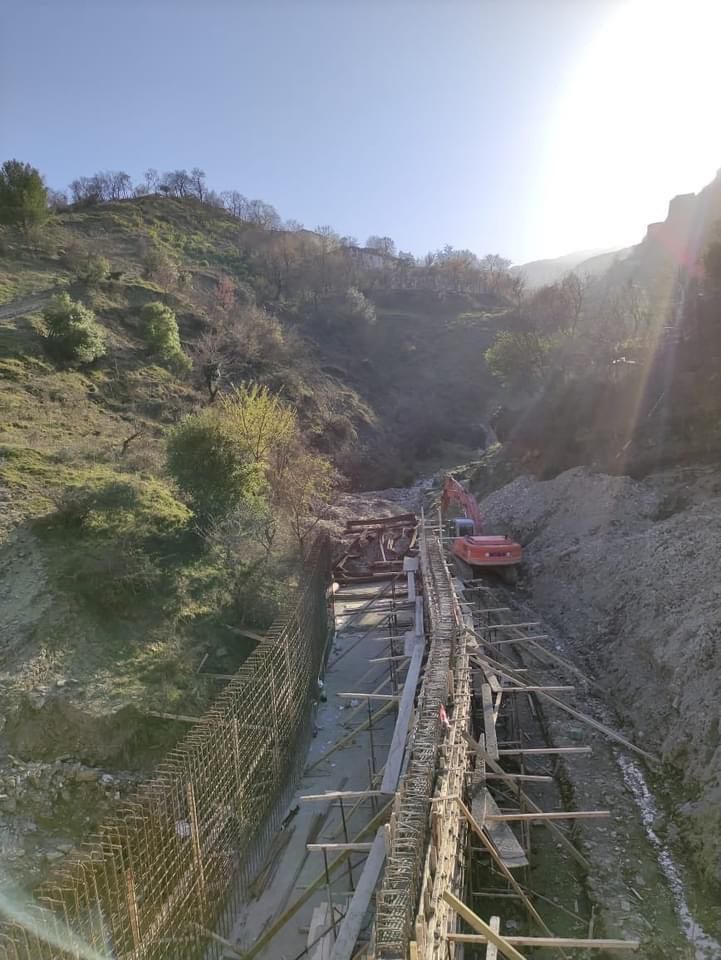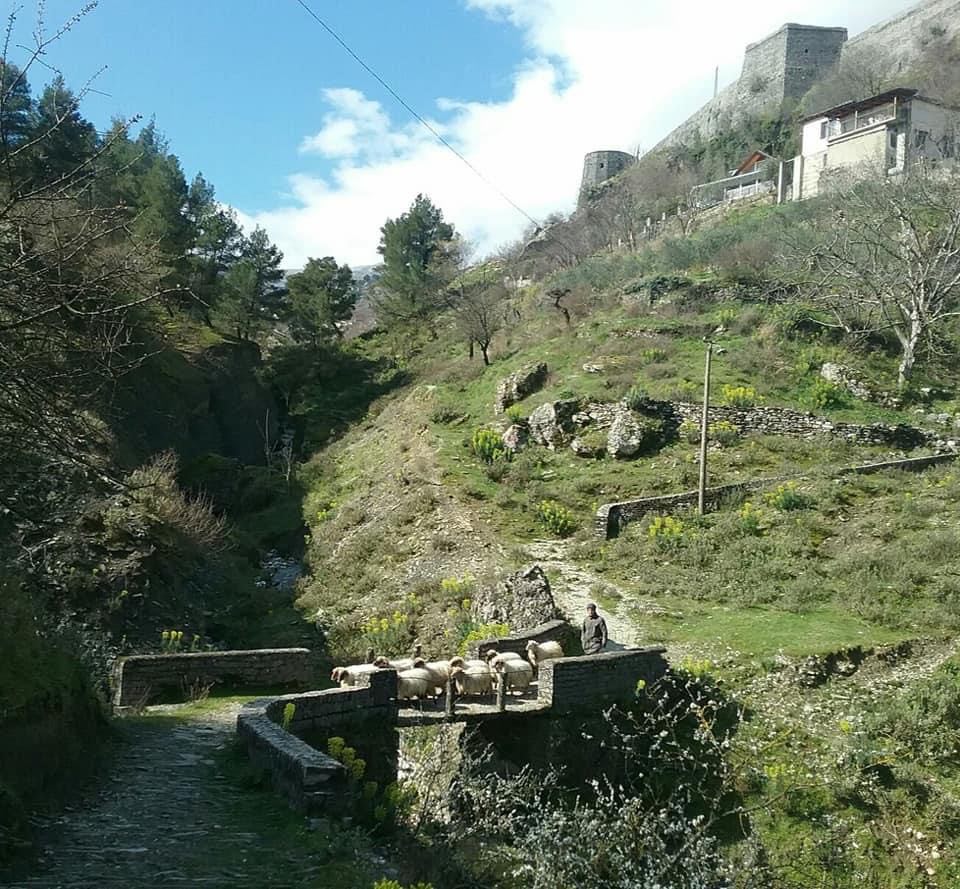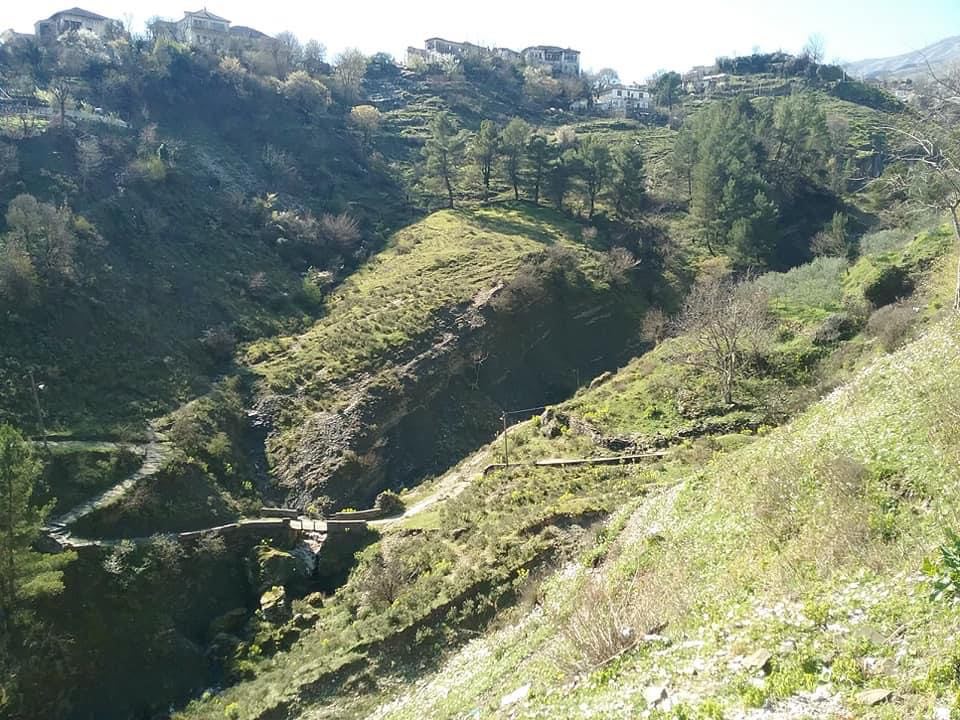
The construction of a new bypass in Gjirokaster is threatening the integrity of the castle and the cultural heritage of the surrounding area, according to a group of international cultural heritage experts.
In an open letter sent to Prime Minister Edi Rama, the individuals have called for him to halt the works before irreversible damage has been done.
Gjirokaster is a UNESCO World Heritage Site and is home to various sites of significant cultural and historical importance.

The experts requested an Environmental Impact Assessment and an Interhitance Impact Assessment, as per Albanian law. They added that the loss of UNESCO status could be a “severe blow” to the emerging Albania cultural tourism sector and could tarnish the country’s reputation as a credible international partner.
The letter was initiated by Stephan Doempke, former UNESCO/UNDP cultural heritage program coordinator in Albania, who lived in Gjirokaster for four years. He is currently the chair of World Heritage Watch, a global network of 180 NGOs that monitor World Heritage Sites and reports to UNESCO.
The case was also denounced by Vetevendosje candidate Kreshnik Merxhani. He said the project should be canceled and the money earmarked for it should be designated to cultural monuments in the region.
“There is no doubt her. The funds we would pay should go to help the community by improving the internal network of neighborhoods as well as providing services that are currently missing,” he said.
The work is taking place in the area between the hill on which the castle sits, and the neighborhood of Cfake, above a small ravine called Zerzebil. The work will force the stream to flow into a concrete tube over which the new road will be built.
On October 3 2020, the project was presented as being pre-approved by the government and there was a commitment that the project would start within the year. When Merxhani contacted specialists who deal with the structural integrity of the castle, they had no knowledge or idea about the plan.
Five months later local officials made a statement during Prime Minister Edi Rama’s visit, that they had consulted with the relevant individuals regarding the integrity of the castle, according to Merxhani.
Furthermore, there are visible cracks in the castle, already apparent, just above the location where the work will take place. Experts said that work is needed to preserve and strengthen the foundations of the castle, not carry out work underneath it. Furthermore, the area below the castle is believed to contain significant cultural and archaeological values as well as being a landscape that has been largely unchanged for hundreds of years.

The landscape includes the small ravine which comprises small waterfalls, rock formations, and centuries-old footpaths. There is also a small stone bridge that passes over it which is likely to be destroyed during the construction of the road.
UNESCO has also not given any approval for the project to take place, despite it taking place in a UNESCO zone.
In addition to the bypass, there are also works underway to construct a car park under the Cerciz Topulli Square. This lies on the north side of the castle site and has also raised concerns that it could be detrimental to the cultural and historical significance of the site.
In 2015, Atelier Albania, the National Territorial Planning Agency (AKPT), and the Ministry of Culture launched the international architectural competition “Design of a Bypass Road in the UNESCO Protected City of Gjirokastra.”
During the presentation of the competition and the three finalists, AKPT director Adelina Greca raised eyebrows by unexpectedly announcing the “winner” before the presentations, and the subsequent jury process had started: Atelier 4.

The project was criticized due to it being located in a Historical Centre and Protected Zone, in direct contravention of article 29 of the Law on Cultural Heritage.
“Museum Cities, Museum Zones, Historical Centers, Museum Ensembles, Centers, and Archeological Parks are a category of objects in a group, that are protected in their entirety as historical-archeological, monumental, architectonic-urbanistic, and environmental complexes and therefore new constructions that touch existing objects are prohibited, with the exception of the underground engineering network.”
The new project could also potentially violate the Albanian Charter of Restoration (VKM no. 426, July 13, 2007). In spite of the extant legal framework, the Regulation for the Protection, Conservation, and Administration of the Historical Center and Protected Zone of Gjirokastra passed by the Rama government (VKM no. 619, July 7, 2015) states that “new constructions in the Historical Center except the improvement of the road infrastructure, engineering network, and the above-mentioned reconstructions.”
The original project was shelved as it was considered risky and unfeasible.
But several years later, it’s on the table again. This time with design firm Zenit 06 and construction company GPG.
The construction company GPG Company has previously benefited about 22.61 million euros, mainly from the Albanian Development Fund and the Albanian Road Authority.
The company is owned by Paqsor Buzi and Gëzim Danit. In 2019, Buzi was arrested by police as part of a suspected VAT fraud scheme. The court has left him under house arrest while the case is still pending.
A source with a background in projects of this type, who wished to remain anonymous due to their position working with a state institution, described the project as “risky” and a “quick fix”.

